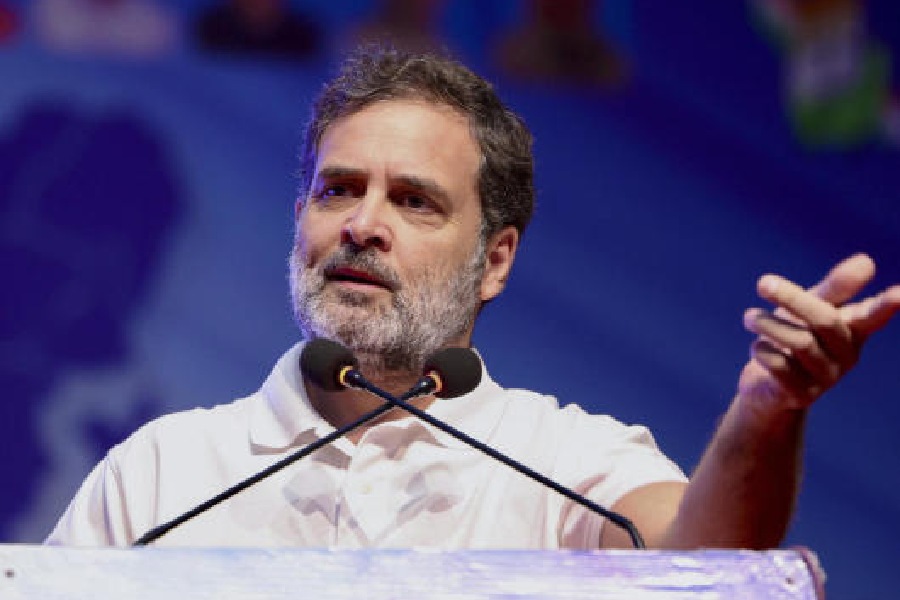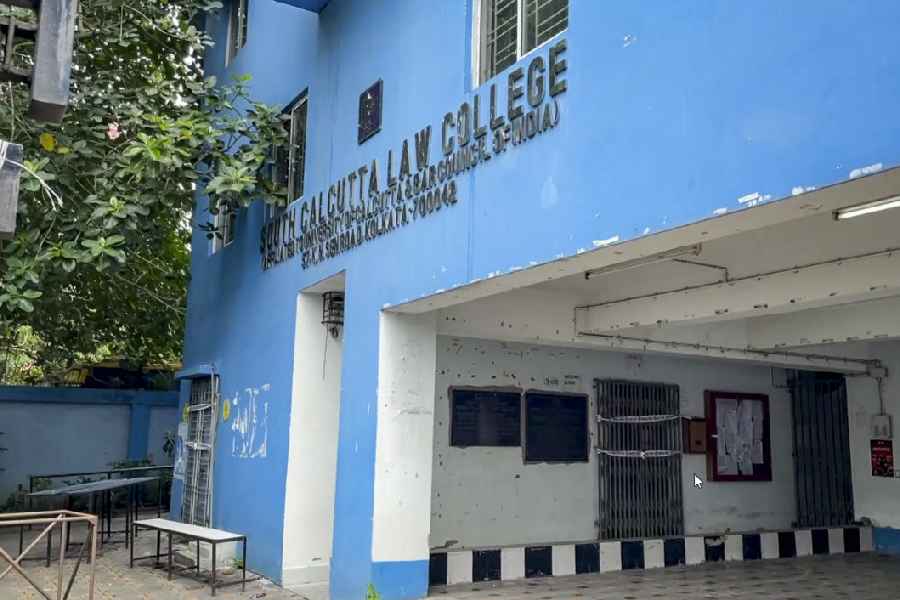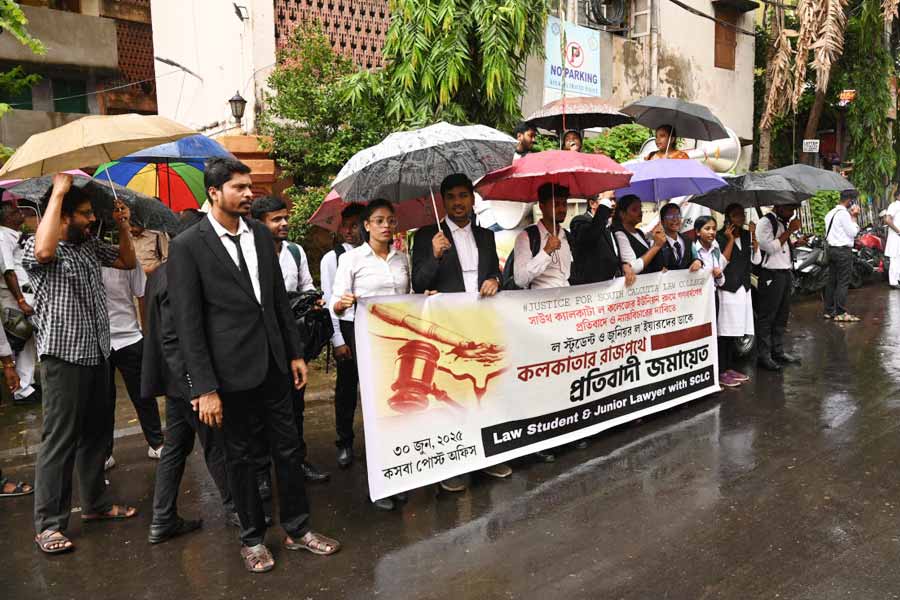Calcutta, June 9: In the new power tariff plan, domestic consumers in areas fed by the state electricity board will have to bear an average hike of just 2 paise per unit but the jump in CESC areas will be 31 paise.
The new rates, to be effective from April 1, 2004, also spell relief for industrial consumers in electricity board areas. Their tariff has gone down or have remained the same.
In state electricity board areas, domestic rates will go up from Rs 3.18 per unit to Rs 3.20.
The average tariff in CESC areas is Rs 4.03 per unit. For CESC consumers who draw 150-299 units, the hike will be as much as 57.4 paise per unit.
For the board’s domestic consumers in urban areas, who use up to 900 units, the rate has remained unchanged or has come down by 2 to 3 paise. For those who consume 300 units to 450 units, the tariff has come down from Rs 3.22 to Rs 3.20. And for those whose consumption is between 451 units and 900 units, the tariff has come down from Rs 3.42 per unit to Rs 3.39 per unit.
Those who consume 900 units to 1,500 units would have to bear a nominal hike of 3 paise per unit —from Rs 5.49 per unit to Rs 5.52 per unit. However, those who consume more than 1,500 units would have to pay Rs 4.29 per unit instead of Rs 4.32.
Similarly, tariff for rural domestic consumers has not seen any major change. It has either remained unchanged or has gone up by two to three paise.
Explaining the steep hike in its areas, CESC managing director Sumantra Banerjee said: “We have to purchase power from the WBSEB at a rate as high as Rs 3.12 per unit though the WBSEB buys power from the West Bengal Power Development Corporation at Rs 1.80 per unit. Moreover, the interest cost of WBSEB is low as it gets government loan at subsidised rates. Our interest cost is higher. Though our own generation cost is Rs 1.20-1.30 per unit, we have to include all the above things while calculating tariff.”
Lower tariff for domestic consumers in the state electricity board areas have not meant extra pressure on industrial and commercial consumers.
Tariff for industrial consumers has gone down 7 paise on an average. For commercial consumers, like shops, tariffs have either remained unchanged or have gone down. CESC’s rates for industrial and commercial consumers will remain much higher than the state electricity board’s.
“With lower tariffs we have achieved an operating profit of Rs 38 crore. We are trying to improve our operations so that we can keep our rates lower in our tariff petitions to West Bengal Electricity Regulatory Commission in the future,” said a senior electricity board official.











